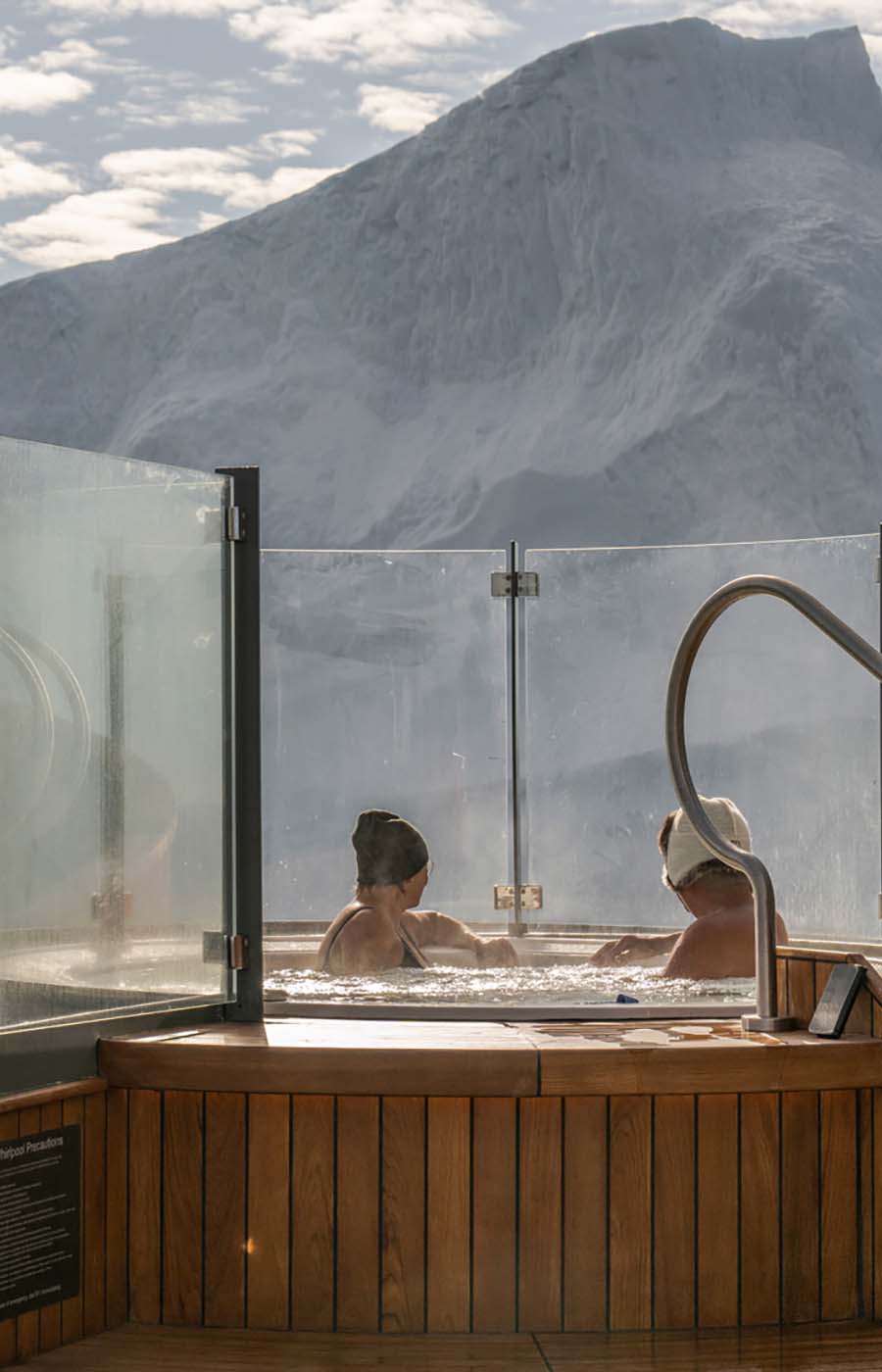Learn about the animals you’re likely to see during a trip to the White Continent
Rugged, beautiful, and pristine, Antarctica is a place where you should always expect the unexpected. No two trips are the same, and that’s what makes this a bucket list destination. Nature lovers flock to the White Continent for their chance to see everything from penguins to humpback whales and seals to a wide array of regional birds.
Seabourn’s Antarctic Expedition season runs during the Southern Hemisphere’s summer, roughly from late October to early March. This time period is broken into three seasons: early season, mid-season, and late season.
The experiences you’ll have and the wildlife you’re likely to see on your ultra-luxury Seabourn Expedition voyage will vary depending on which time of year you visit. Here’s what you need to know when planning your ideal Antarctic adventure.
Late October to early December
Between late October and early December, you’ll see more sea ice, increasing your chances of experiencing ice landings. During this season, penguins are especially active, as it is during this time of year that they engage in courtship and nest building. If you’re lucky, you may even catch sight of the rare emperor penguin. Turn your attention from land to sea to spot crabeater seals, the most common seal species in the region, and birds including Cape petrel, wandering albatross, Antarctic prion—all of which can be seen throughout the year.
Mid-December to early February
Between mid-December and early February, lower levels of ice and snow provide better conditions for shoreside exploration. You’ll also find the weather to be milder and the days longer—in January, you’ll experience almost 24 hours of daylight, giving plenty of time to explore. It’s also a great time to view penguins. Because this season follows their nesting phase, you’re likely to see penguin eggs and chicks. Whale sightings start to pick up during the mid-season, too. You may see killer whales beginning in December, as well as humpback whales, whose numbers will continue to increase until they peak in mid-February. Leopard, Weddell, and crabeater seals are also active during this time.
Mid-February to late March
Visitors to Antarctica during the later part of the travel season will enjoy peak whale activity. Humpback whales feed on the Southern Ocean’s abundant krill and small fish during the Antarctic summer, feeding with gusto before making the long trip to tropical waters to breed.
Getting around on land in the late season is easier, as there’s minimal snow at landing sites. This means you can explore further south on both the east and west sides of the Antarctic Peninsula—sites that are often not accessible earlier in the season. It’s also a good time of year to keep an eye out for recently hatched penguin chicks as well as to see Weddell, crabeater seals and Minke whales.
Always a favorite with guests, a number of different penguin species call Antarctica home, including King, Adélie, chinstrap, and gentoo. Kings can be seen any season in South Georgia but not on the peninsula. You’re most likely to see chinstraps and Adélie penguins from November through mid-January, while gentoos are found during the entire season. As mentioned earlier, emperors are rare to see but if you’re lucky, you may be able to spot one between late October through early December.
No matter what part of the Antarctic Expedition season you plan your visit, you’re sure to be surrounded by the unique flora and fauna of this incredible destination. Seabourn's Expeditions are designed to make the most of the seasonal conditions and give you the best opportunities to see the widest range of wildlife.
Included on all our Antarctic Expeditions are Zodiac® cruises and landings, hikes and nature walks, daily lectures and briefings from our Expedition Team, and cultural tours. Optional guided Expedition Experiences include submarine tours for greater ocean exploration and kayaking excursions to enjoy a unique vantage point on the seascapes of Antarctica.
Each day of your adventure and exploration, you’ll enjoy the Seabourn All-Inclusive Expedition Difference centered around offering authentic, personalized experiences, all facilitated by a world-class 23-person Expedition Team of academics, scientists, wildlife experts, and naturalists with a passion for providing you with a deeper understanding of the world's most remote regions.
Consider these upcoming voyages:
21-Day Wild South Atlantic & Antarctic Peninsula
DEPARTS: Rio de Janeiro, Brazil
ARRIVES: Buenos Aires
Oct 29, 2026
from $13,854*
Explore Itinerary*Per Person, USD. Taxes and Fees are included. Additional terms apply.
18-Day Chilean Fjords & Antarctica
DEPARTS: San Antonio (Santiago), Chile
ARRIVES: Buenos Aires
Nov 4, 2026
from $18,274*
Explore Itinerary*Per Person, USD. Taxes and Fees are included. Additional terms apply.
11-Day The Great White Continent
ROUNDTRIP: Buenos Aires
Dec 18, 2026
from $18,104*
Explore Itinerary*Per Person, USD. Taxes and Fees are included. Additional terms apply.
21-Day Antarctica, South Georgia & Falkland Islands
ROUNDTRIP: Buenos Aires
Dec 21, 2026
from $31,683*
Explore Itinerary*Per Person, USD. Taxes and Fees are included. Additional terms apply.
21-Day Ultimate Antarctica, Falklands & South Georgia
ROUNDTRIP: Buenos Aires
Mar 2, 2027
from $25,924*
Explore Itinerary*Per Person, USD. Taxes and Fees are included. Additional terms apply.
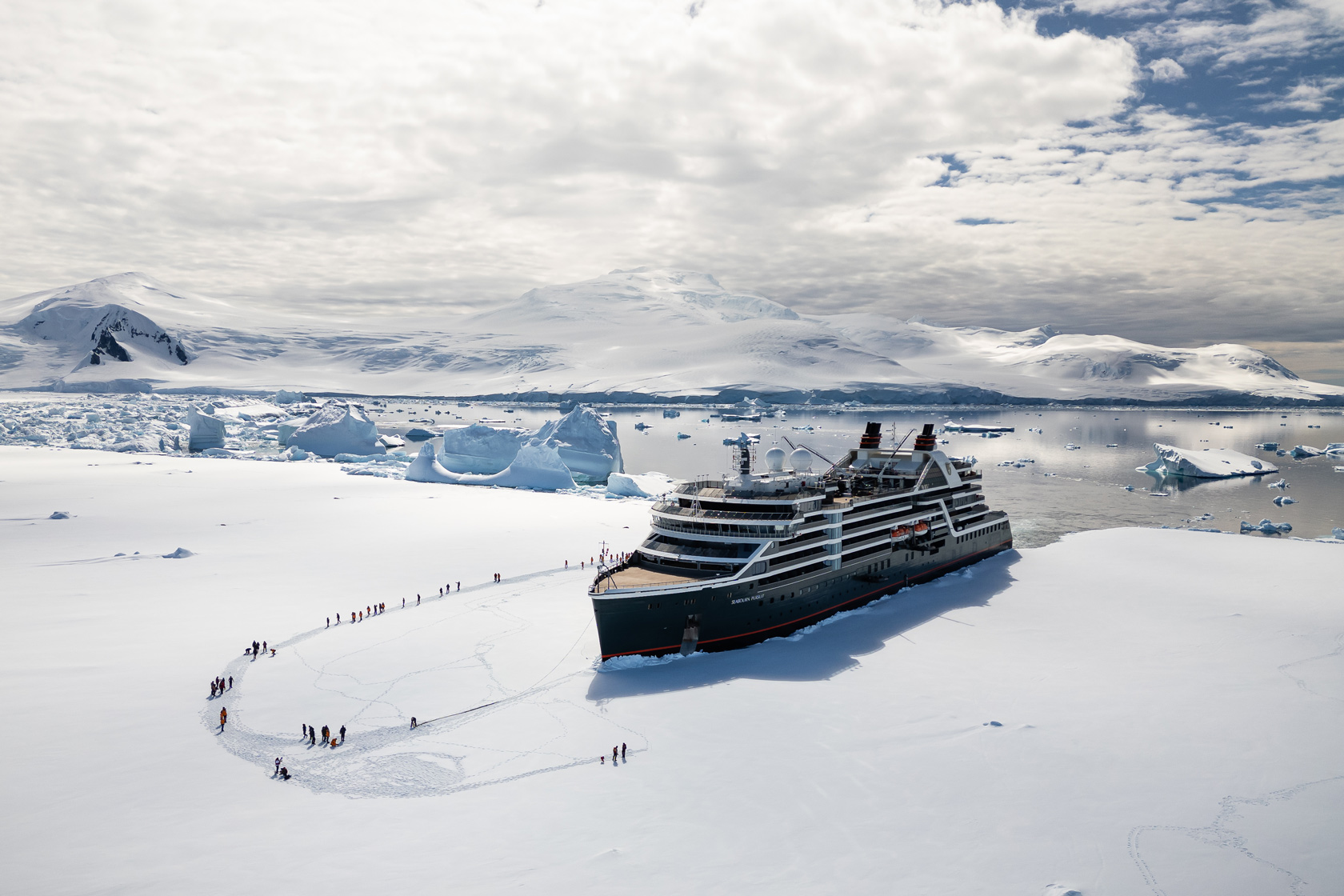
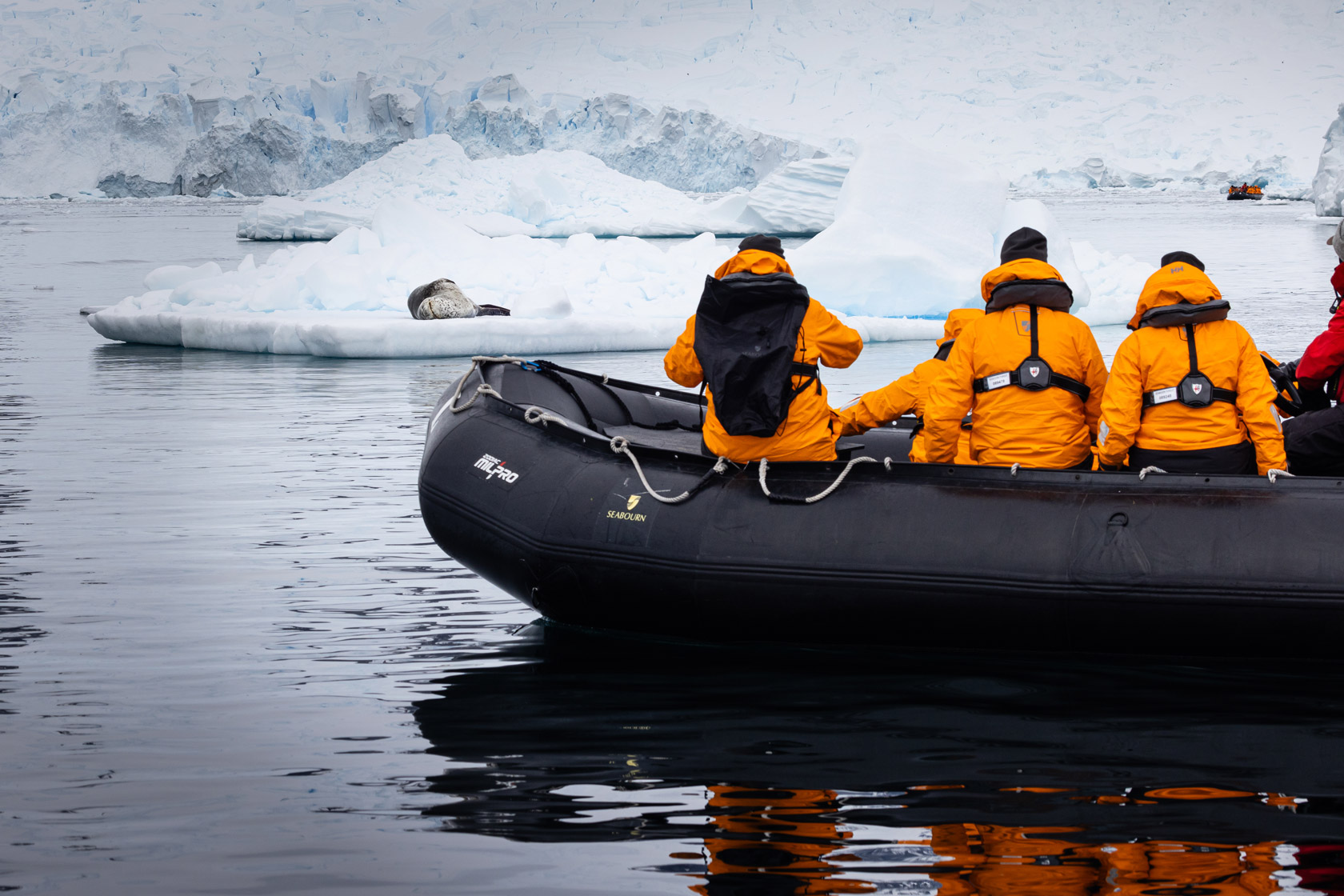
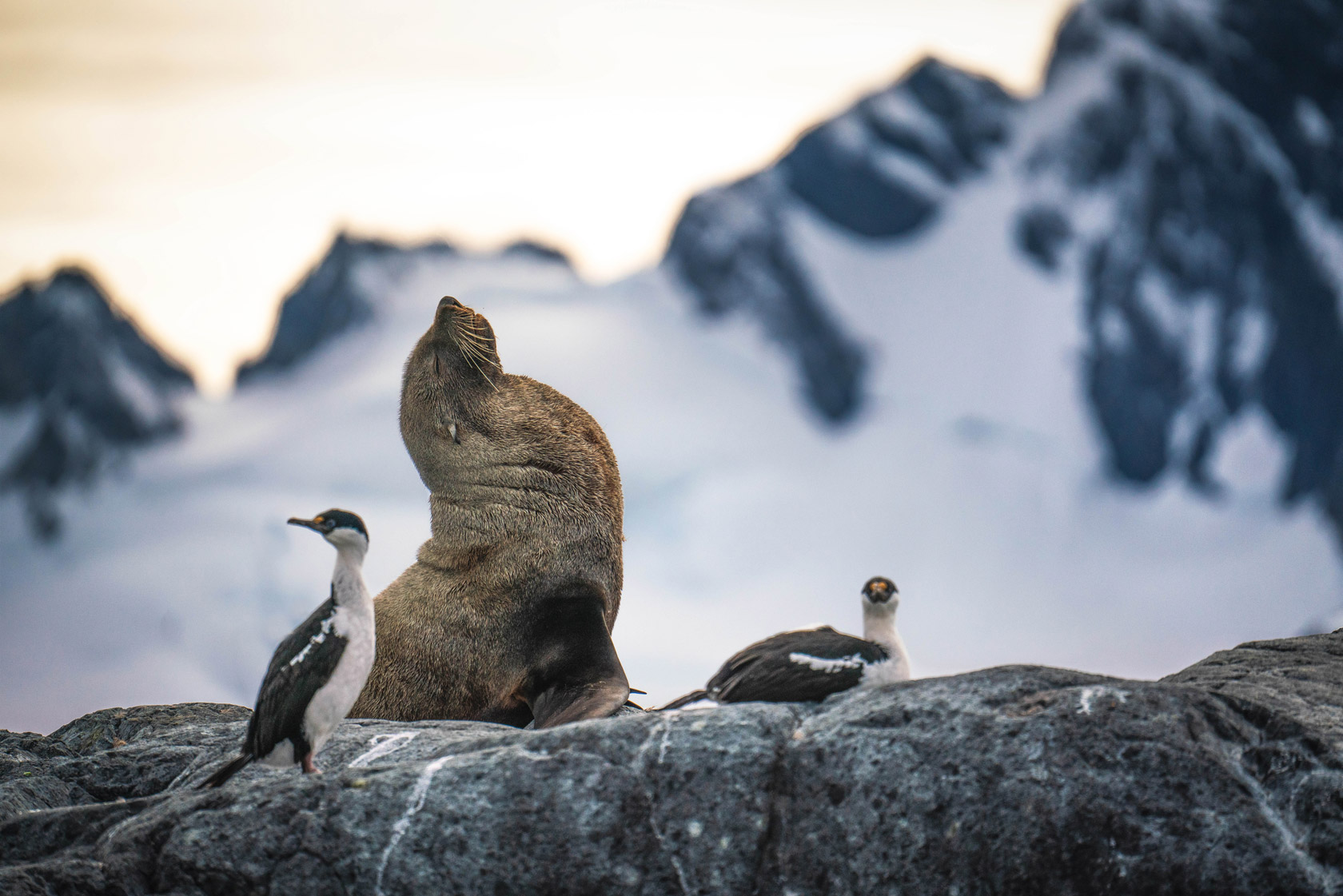
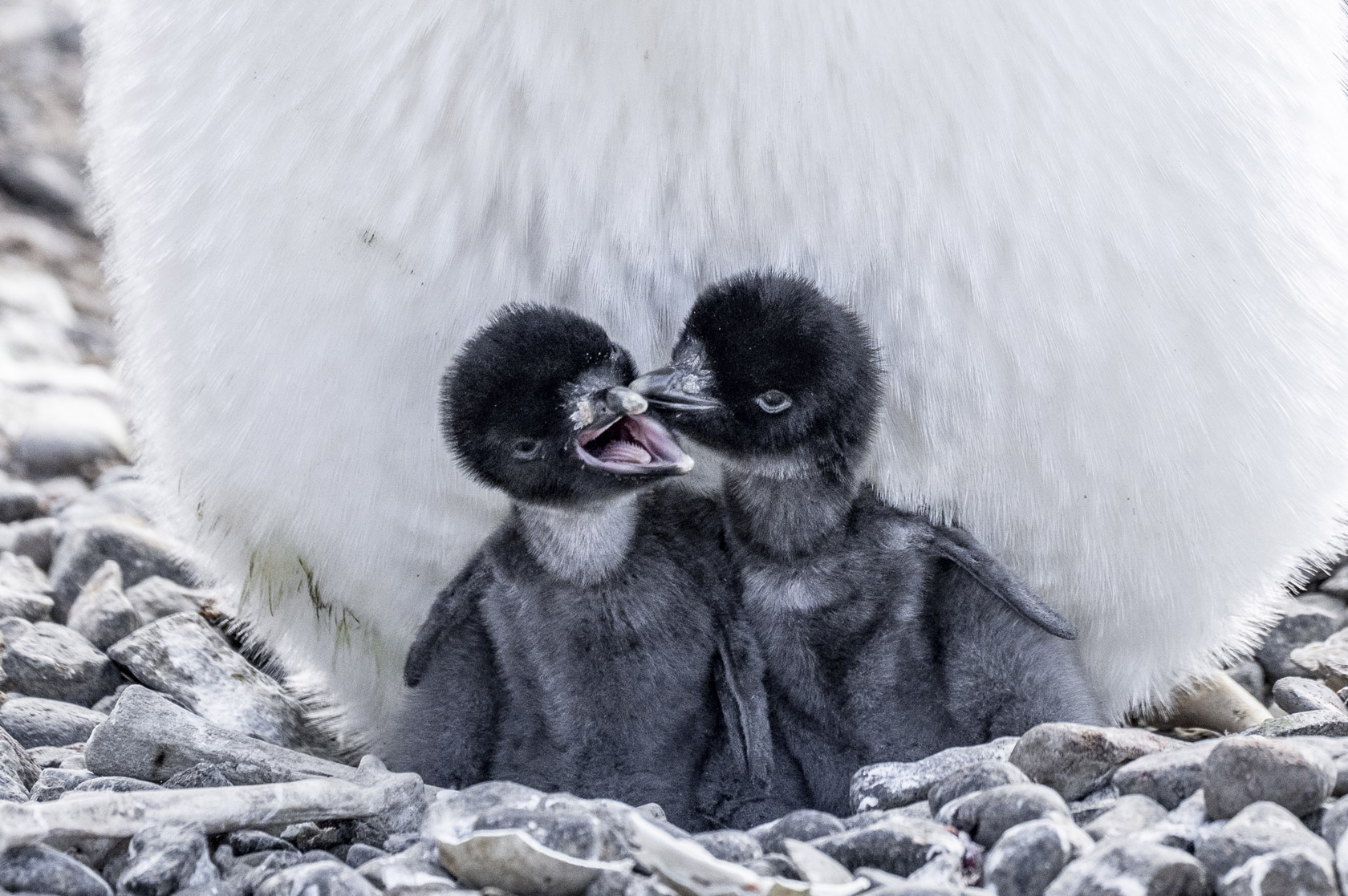
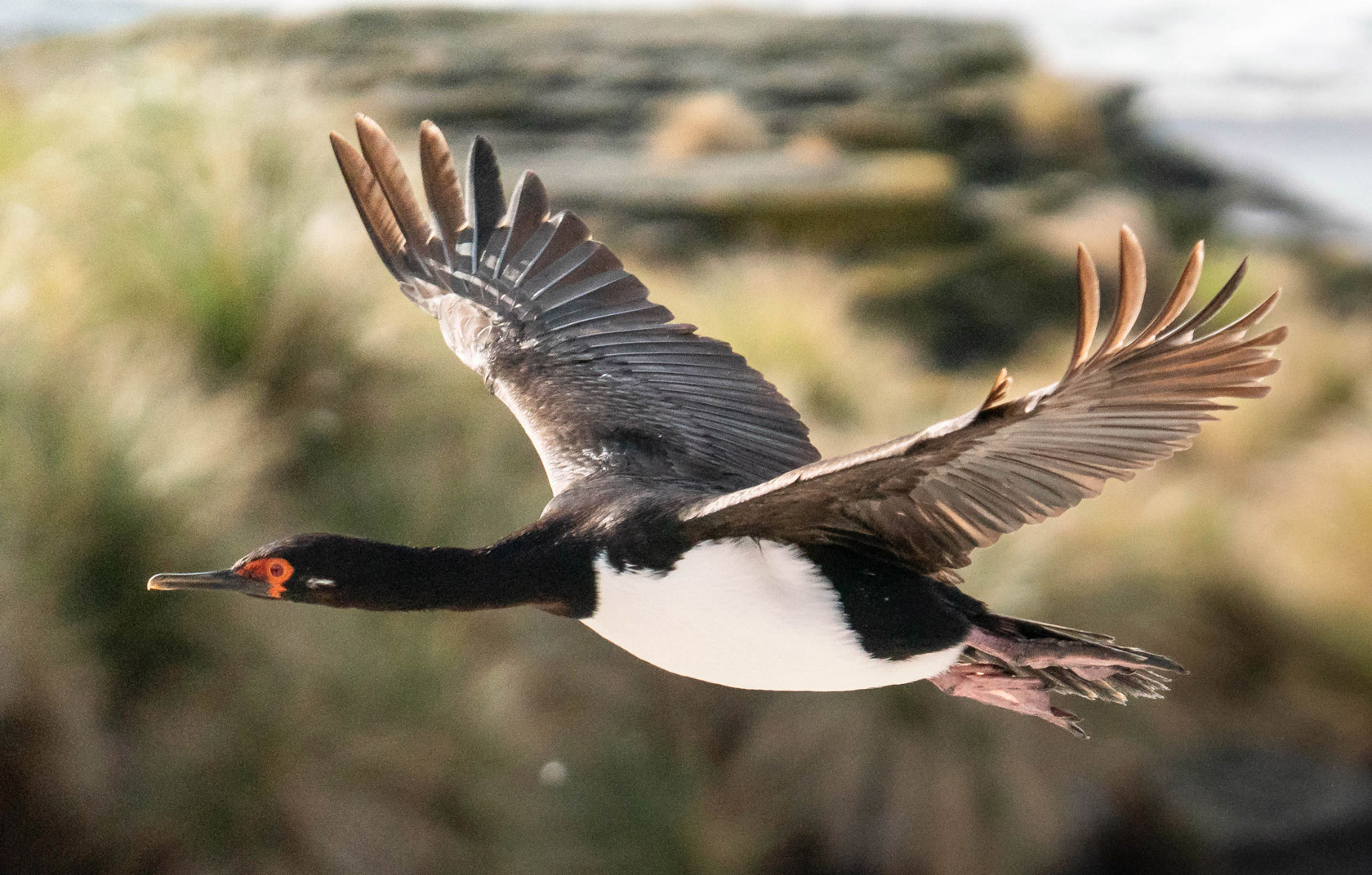

Consider these upcoming voyages:
21-Day Wild South Atlantic & Antarctic Peninsula
DEPARTS: Rio de Janeiro, Brazil
ARRIVES: Buenos Aires
Oct 29, 2026
from $13,854*
Explore Itinerary*Per Person, USD. Taxes and Fees are included. Additional terms apply.
18-Day Chilean Fjords & Antarctica
DEPARTS: San Antonio (Santiago), Chile
ARRIVES: Buenos Aires
Nov 4, 2026
from $18,274*
Explore Itinerary*Per Person, USD. Taxes and Fees are included. Additional terms apply.
11-Day The Great White Continent
ROUNDTRIP: Buenos Aires
Dec 18, 2026
from $18,104*
Explore Itinerary*Per Person, USD. Taxes and Fees are included. Additional terms apply.
21-Day Antarctica, South Georgia & Falkland Islands
ROUNDTRIP: Buenos Aires
Dec 21, 2026
from $31,683*
Explore Itinerary*Per Person, USD. Taxes and Fees are included. Additional terms apply.
21-Day Ultimate Antarctica, Falklands & South Georgia
ROUNDTRIP: Buenos Aires
Mar 2, 2027
from $25,924*
Explore Itinerary*Per Person, USD. Taxes and Fees are included. Additional terms apply.
12 of the world’s must-see birds and the best places to see them.
Meet the awe-inspiring penguins of Antarctica, South Georgia and the Falkland Islands.
Travel to the bottom of the earth for the adventure of a lifetime.
Traverse the fabled sea corridor on a High Arctic expedition with Seabourn.
